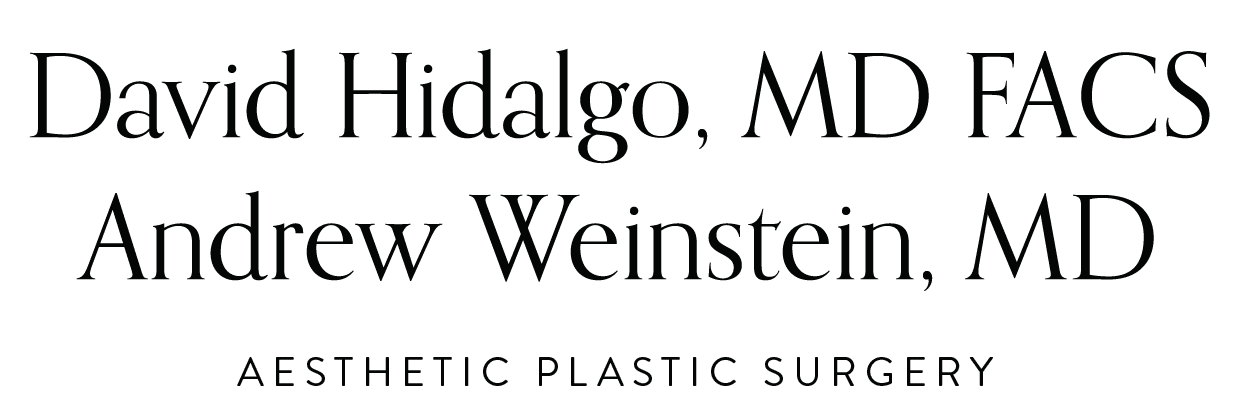'The Producer,' May 2004
Art and science intersect at plastic surgeon David Hidalgo's office on Manhattan's Park Avenue. Eva Chen gets his prescription for eternal youth.
The latest designer handbag may be recognizable from 50 yards, but according to plastic surgeon David Hidalgo, MD, the results of “designer” plastic surgery should be almost invisible. “Skillful surgery doesn't stand out,” he says. “It blends in.” And while the “natural look” might seem oxymoronic in the world of Extreme Makeovers, it's the focus of Hidalgo's career. A former chief of plastic surgery at Memorial Sloan-Kettering Cancer Center in New York City, he invented new reconstructive surgery techniques (which now serve as the benchmark) to help patients look more like their former selves. Currently in private practice (and a clinical professor of surgery at Cornell University), Hidalgo continues to work wonders. “Everyone's different,” he says. “When patients ask me to make them look like someone else, I offer them an alternative—to look like themselves but better.”
How has the field of aesthetic surgery changed?
There's been a shift from overdoing it—third-time face-lifts, whole-body liposuction—to using techniques that are as low-maintenance as possible. My newest procedure removes the tiny, peanut-size muscle between the eyebrows so that wrinkles never form there—like permanent Botox. To save the patient time, money, and stress, I'll perform two procedures—like blepharoplasty [eyelid surgery] and lower-body liposuction—at once. To avoid the obvious breast implant look, I'll use saline breast implants under muscles, instead of above.
What procedure has the most impact?
If it's just a change you're after, a haircut can take care of that. But if you need surgery—if everyone tells you that you look tired even when you've had 10 hours of sleep—blepharoplasty can take years off. When the eyes look young, the whole face is radiant.
Are there any age limits?
I'll occasionally see a woman in her mid-to-late-thirties who asks for a face-lift. But the mid-to-late-forties is both the minimum—and the best—age to have one done. It's before most of the sagging and drooping occurs, so skin is in its best condition. And I've found that a face-lift in your forties can delay the need for any other work.
What can women do to postpone plastic surgery?
People who limit the use of their facial muscles by not smiling or frowning will probably never require surgery. But that's not exactly practical for real life. Not smoking and limiting sun should be common sense by now. If you haven't seen a dermatologist, make an appointment. She will tell you what kind of skin care you should be using, how often to exfoliate, and whether you need chemical peels—all of which keep you looking younger longer.
Which procedures are overhyped?
Women are always looking for the next hot treatment, so often they'll undergo procedures—like Endermologie, thermage, and fat grafting—that have a minimum of scientific research behind them and no proven long-term results.
How can women learn what's best for them?
Not everyone who needs a face-lift will need the same face-lift. Before any procedure, visit at least three surgeons for consultations to get a better idea of what's out there. Sometimes, a touch of Botox or laser resurfacing is all that's necessary.





